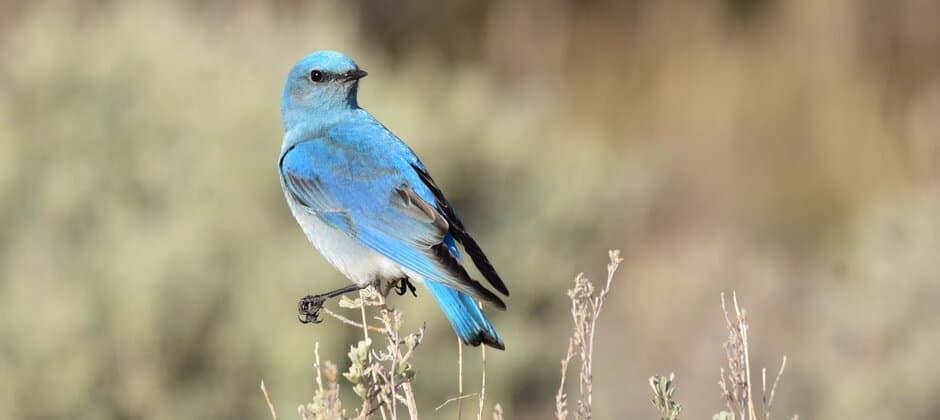Share this article
TWS supports incidental take permitting for MBTA protected birds
The Wildlife Society is encouraging the U.S. Fish and Wildlife Service to move forward with plans to regulate the incidental take of species listed under the Migratory Bird Treaty Act.
In early October, the USFWS published an Advanced Notice of Proposed Rulemaking (ANPR), seeking public comment on creating a permitting program to allow limited incidental take, or the unintentional harm or killing, of species listed under the MBTA.
In addition to the ANPR, the USFWS also finalized the revocation of a rule that had previously permitted unregulated incidental take. The Wildlife Society previously requested this change.
The ANPR intends to clarify the USFWS’ authority to regulate incidental take and solicit feedback on a framework that would allow for some take from regulated industry stakeholders that adhere to requirements under a permit. According to the USFWS, permit requirements may take the form of adherence to best management practices, conforming to or investing in mitigation measures, or payment into a conservation fee program.
The Wildlife Society recently submitted comments expressing support for the proposed general permitting process. The Society’s comments also emphasized the use of avoidance measures, stressing that avoiding incidental take and minimizing conflict should be considered first in any permitting process. In the comments, TWS also discussed potential permitting exemptions for certain federal and state natural resource agency activities and federally funded conservation programs.
To further advance migratory bird protections, The Wildlife Society also supports the Migratory Bird Protection Act (H.R. 4833), legislation that would further solidify an incidental take permitting framework for migratory birds. If enacted, the MBPA will ensure the enforcement of incidental take is codified into law and resilient to changes in administration. To learn more about this bill and how you can get involved, visit TWS’ Action Center.
Header Image:
A mountain bluebird (Sialia currucoides). The Wildlife Society is encouraging the USFWS to move forward with a permitting program for incidental take of birds listed under the Migratory Bird Treaty Act.
Credit: Tom Koerner/USFWS








